Balsam Fir Planting - Learn About Balsam Fir Tree Care
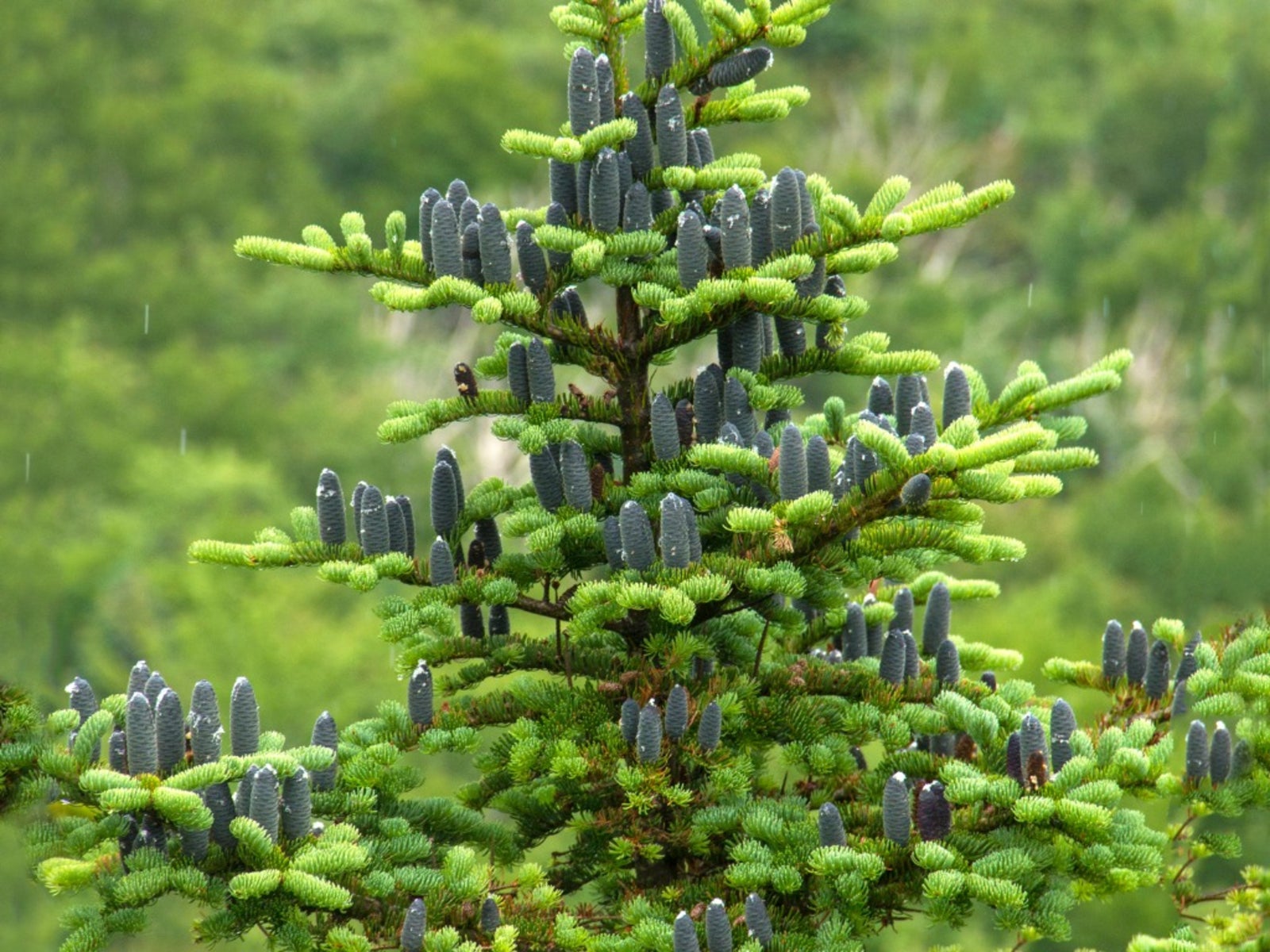

Given ideal conditions, balsam fir trees (Abies balsamea) grow about a foot (0.5 m.) a year. They quickly become the evenly shaped, dense, conical trees that we recognize as Christmas trees, but they don't stop there. Balsam firs become towering, architectural trees with a bold presence in the landscape. They can reach heights of 90 to 100 feet (27.5 to 30.5 m.) at maturity. Some of the features that make them desirable landscape trees are their spicy fragrance, neat shape, and bluish-green color.
Balsam Fir Tree Info
Balsam firs look very similar to spruce trees. You can tell the difference by the way the cones grow. Balsam fir cones stand straight up on the branches, while spruce cones dangle. You will never see a balsam fir cone on the ground because the cones break up into small pieces when they ripen. Balsam trees are commercially significant because of their use as Christmas trees. Historically, the trees were important for their resin, which was used to treat lung ailments. The resin was also used to seal birchbark canoe seams and as a varnish for watercolor paintings.
When to Plant Balsam Fir
Plant balled, burlaped, or bare root balsam fir trees in fall or spring. Fall is usually the best time to plant. Rehydrate bare root trees by soaking them in a bucket of water for several hours before planting. You can plant container-grown plants any time of year. Avoid planting during periods of drought or extreme heat. If you are planting a tree that was used indoors as a Christmas tree, plant it outdoors as soon as possible. Choose a sunny or lightly shaded location for your tree. An area with light morning shade will help prevent frost damage. Water deeply and mulch heavily immediately after planting using 2 to 3 inches (5 to 7.5 cm.) of organic mulch.
Balsam Fir Tree Care
While the tree is young, water it weekly in the absence of rain. Young trees need a lot of water, so use a soaker hose to saturate the soil around the tree, or bury a water hose under the mulch and let it run as slowly as possible for about an hour. If the water starts to run off before the hour is up, turn it off for a while and let the soil absorb the water, then turn the hose on later to finish out the hour. Older trees that have roots sunk deep into the soil only need watering during prolonged dry spells. Fertilize balsam fir trees in spring. Use a complete, balanced fertilizer and follow the manufacturer's instructions. Over-fertilizing can seriously damage the tree, so be careful not to overdo it. Once a tree matures, it doesn't need fertilizer every year.
Gardening tips, videos, info and more delivered right to your inbox!
Sign up for the Gardening Know How newsletter today and receive a free copy of our e-book "How to Grow Delicious Tomatoes".

Jackie Carroll has written over 500 articles for Gardening Know How on a wide range of topics.
-
 4 Superfast Composting Methods: Turn Waste Into Garden Gold In 30 Days Or Less
4 Superfast Composting Methods: Turn Waste Into Garden Gold In 30 Days Or LessTry the fastest composting methods to turbocharge your pile and transform kitchen scraps and garden waste into finished compost in just a few weeks.
By Mary Ellen Ellis
-
 Best Spider Plant Soil – Complete Soil Guide And Expert Tips For Keeping Plants Happy
Best Spider Plant Soil – Complete Soil Guide And Expert Tips For Keeping Plants HappySpider plants are fun and easy plants to grow, but what is the best soil for a spider plant? Selecting the right soil is important so they can thrive.
By Bonnie L. Grant
-
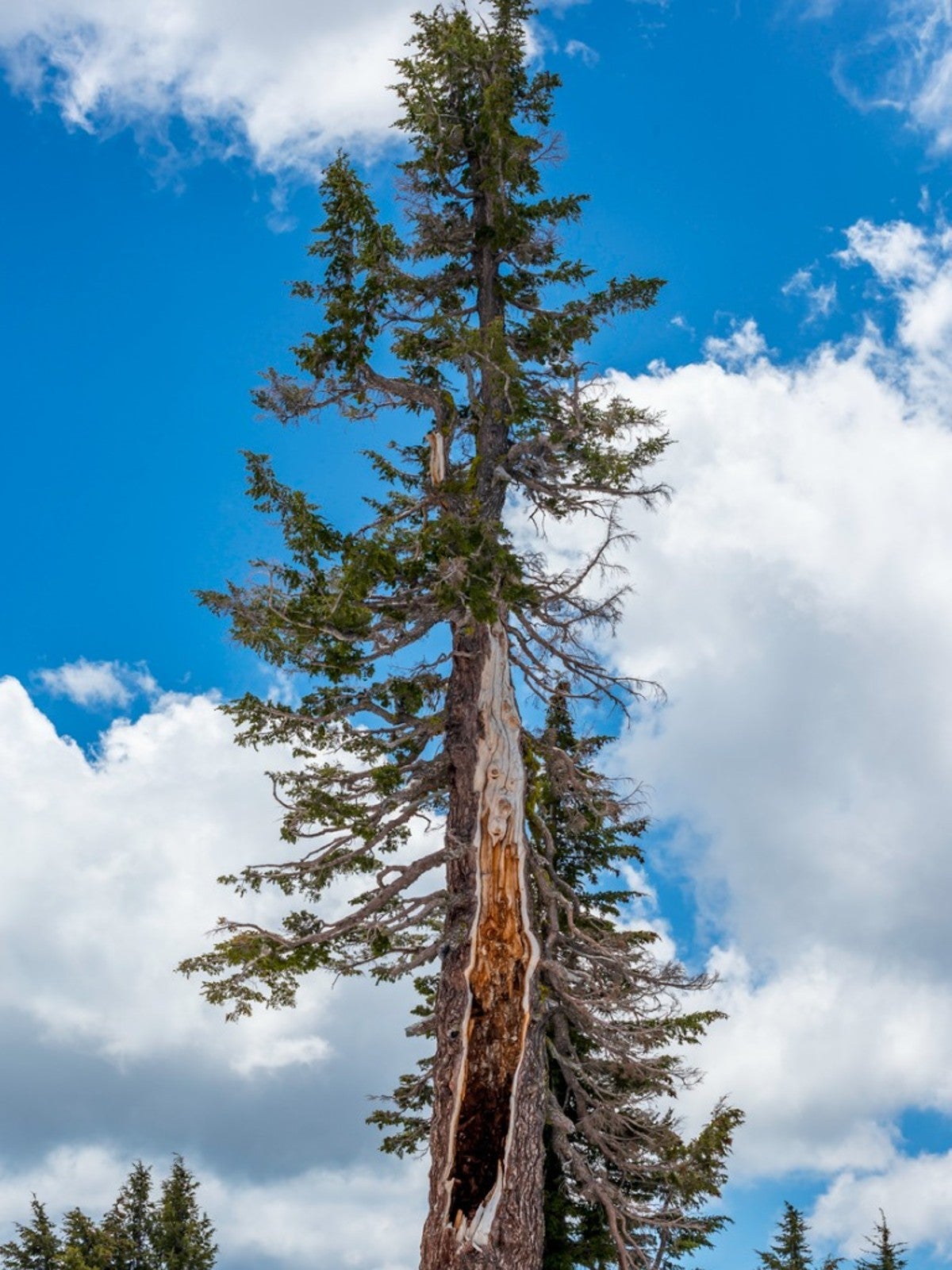 What Is A California Red Fir - Abies Magnifica Info
What Is A California Red Fir - Abies Magnifica InfoIf you have a large property, you might consider growing one a California red fir. Read on for tips on California red fir care.
By Teo Spengler
-
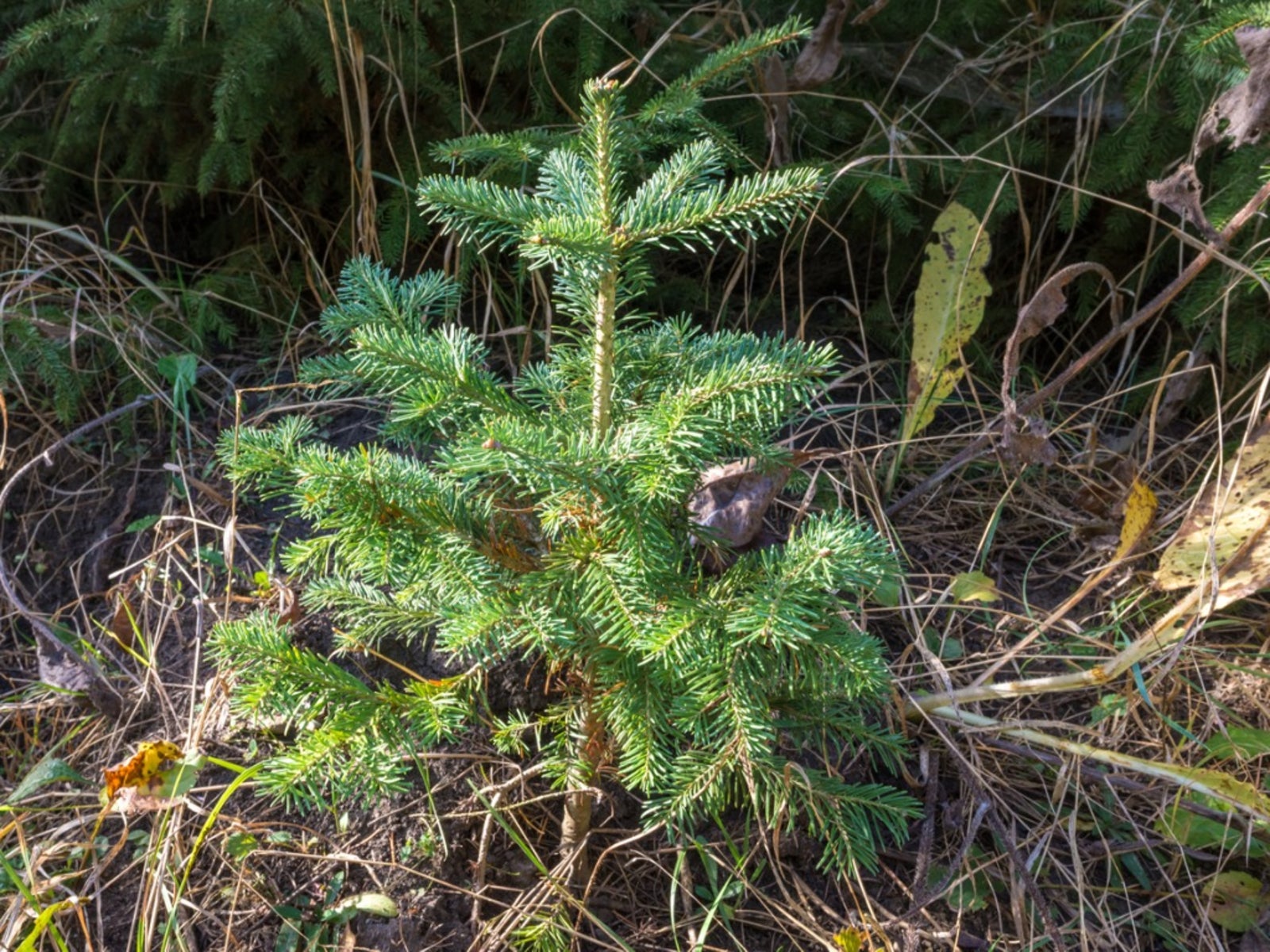 Subalpine Fir Tree Information – Learn About Subalpine Fir Growing Conditions
Subalpine Fir Tree Information – Learn About Subalpine Fir Growing ConditionsSubalpine fir trees are a type of evergreen with many common names. What are the uses for subalpine fir? Click to learn more.
By Teo Spengler
-
 White Fir Facts: What Is A Concolor Fir Tree
White Fir Facts: What Is A Concolor Fir TreeConcolor white fir is a stately evergreen tree with a symmetrical shape, long, soft needles and an attractive, silvery blue-green color. Concolor white fir is often planted as a striking focal point and is especially appreciated for its winter color. Learn more about it in this article.
By Mary H. Dyer
-
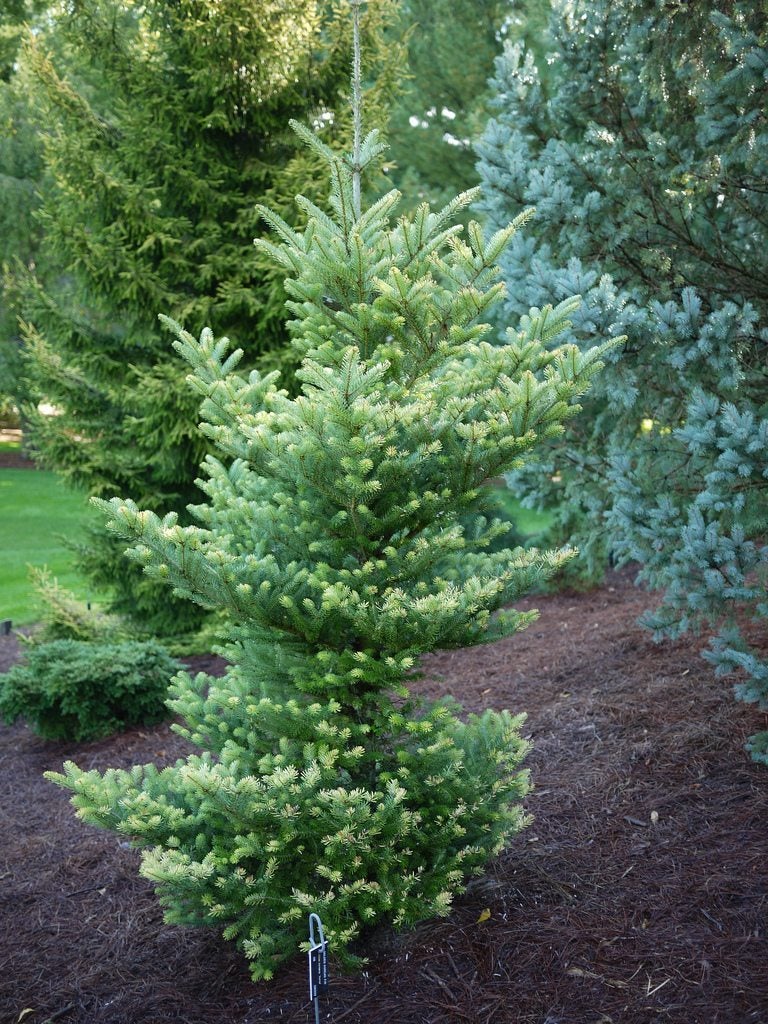 Golden Korean Fir Care – Learn About Golden Korean Fir Trees In Gardens
Golden Korean Fir Care – Learn About Golden Korean Fir Trees In GardensGolden Korean fir trees are compact evergreens known for their remarkable and attractive chartreuse foliage. The cultivar?s irregular spreading form is eye-catching, making the tree an excellent focal point in a garden. For Golden Korean fir information, click here.
By Teo Spengler
-
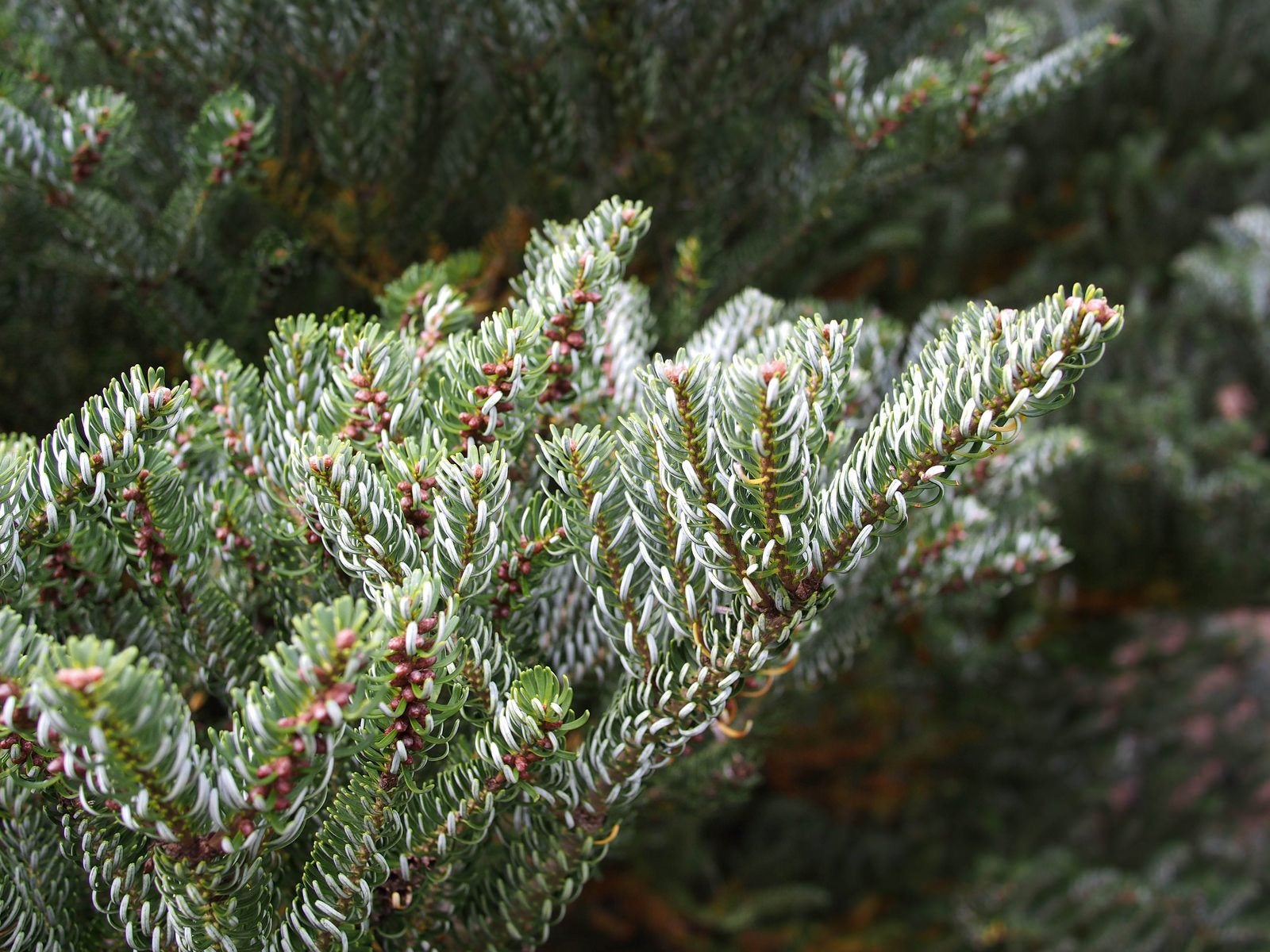 Korean Fir Tree Information – Tips On Growing Silver Korean Fir Trees
Korean Fir Tree Information – Tips On Growing Silver Korean Fir TreesSilver Korean fir trees are compact evergreens with very ornamental fruit. They grow to 20 feet tall (6 m.) and thrive in USDA plant hardiness zones 5 through 7. For more silver Korean fir tree information, including tips on how to grow a silver Korean fir, click here.
By Teo Spengler
-
 Douglas Fir Tree Care: Tips On Planting A Douglas Fir Tree
Douglas Fir Tree Care: Tips On Planting A Douglas Fir TreeDouglas fir trees also known as red firs, Oregon pines and Douglas spruce. However, these evergreens are not pines nor spruce nor true firs either. But they are tall, beautiful conifers. For information about growing Douglas firs, click this article.
By Teo Spengler
-
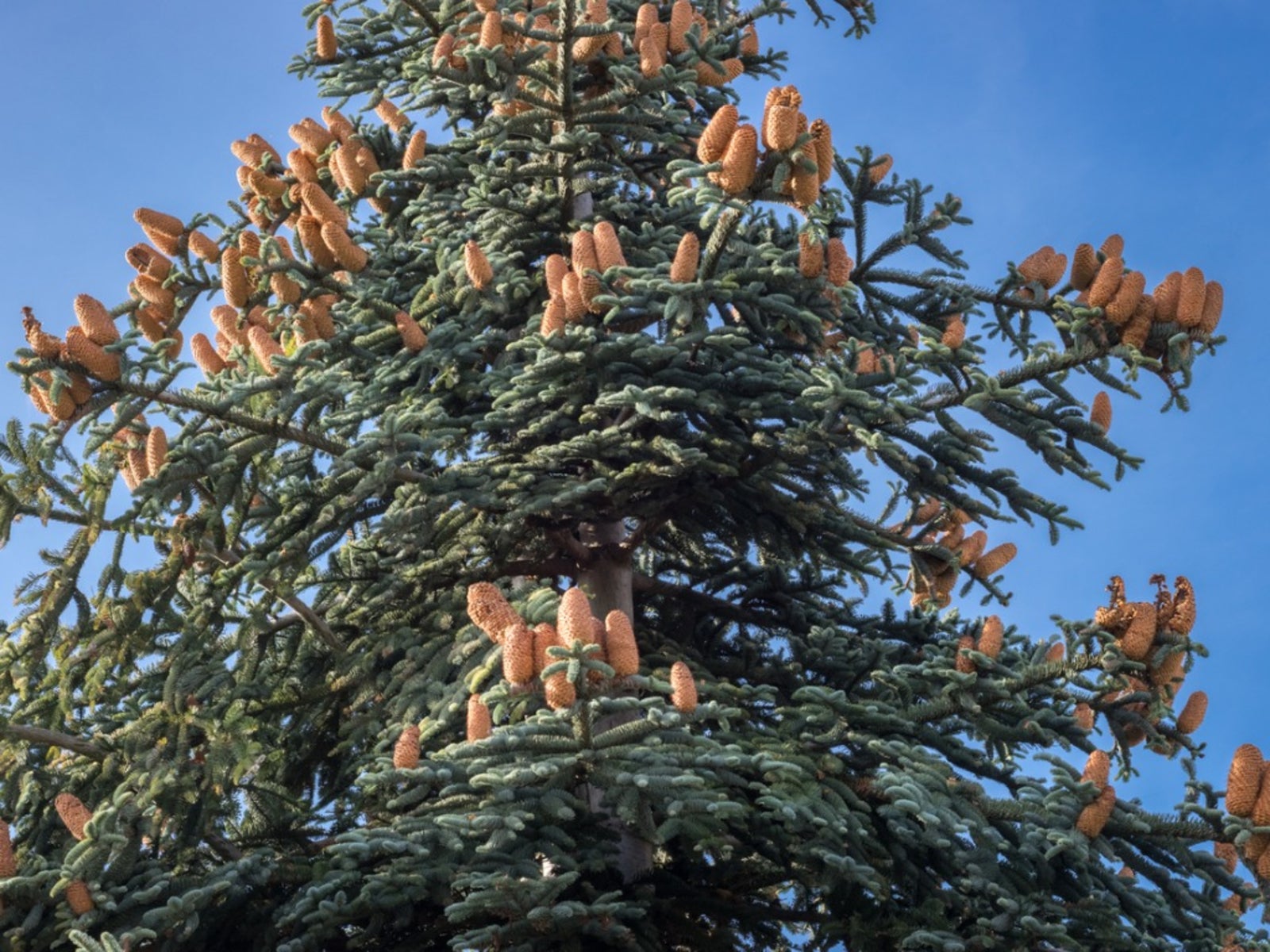 Noble Fir Information: Caring For Noble Firs In Landscapes
Noble Fir Information: Caring For Noble Firs In LandscapesNoble firs are extremely attractive evergreen trees and the largest native firs in America. Planting a noble fir isn't difficult in the correct hardiness zones. Click on the following article for more noble fir information and tips on caring for noble firs.
By Teo Spengler
-
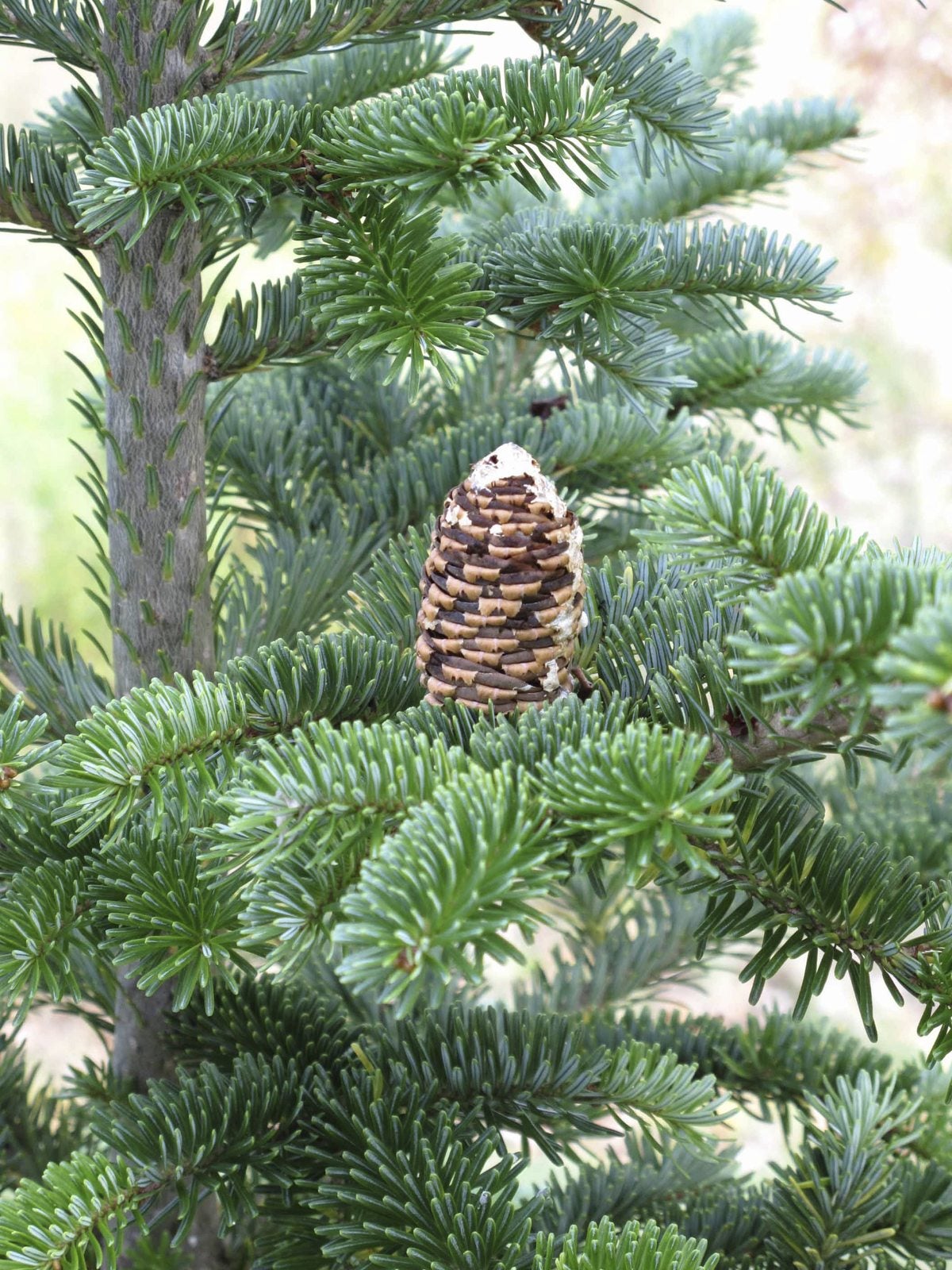 Fraser Fir Tree Care: How To Grow A Fraser Fir Tree
Fraser Fir Tree Care: How To Grow A Fraser Fir TreeThe fragrance of a Fraser fir immediately brings to mind the winter holidays. Have you ever thought of growing one as a landscape tree? Click this article for tips on Fraser fir tree care.
By Jackie Carroll